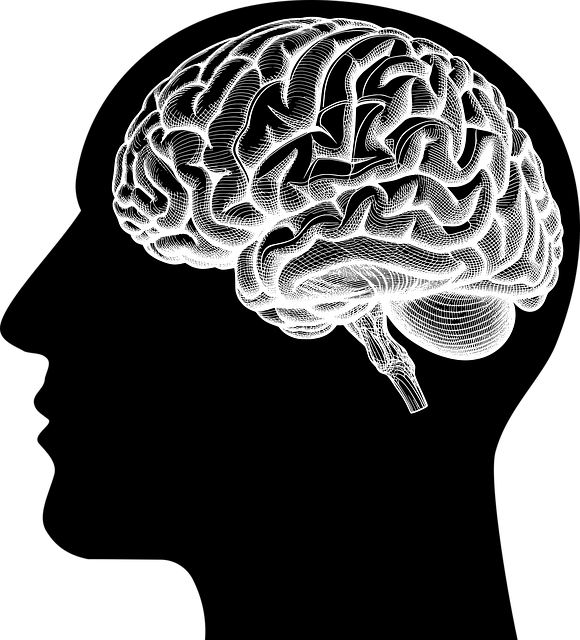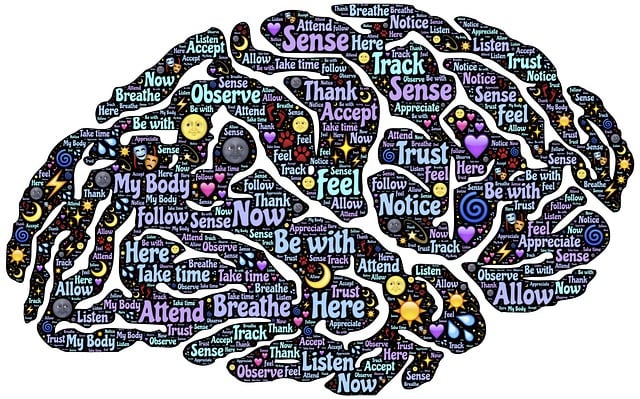Mental wellness is crucial for individuals with Autism Spectrum Disorder (ASD), and Centennial Autism Spectrum Disorder Therapy offers a unique approach. By incorporating cultural sensitivity, therapists create safe spaces, acknowledging the diverse emotional expressions of ASD individuals. Journaling is a powerful therapeutic tool within this framework, fostering emotional healing and enhancing emotional intelligence through reflection and self-awareness. Therapeutic journaling, with dedicated space, sensory-friendly choices, and tailored prompts, promotes personal growth and improves self-esteem for individuals with ASD. For optimal mental wellness, combining journaling with other practices in the Centennial Autism Spectrum Disorder Therapy model can lead to holistic benefits.
“Unleash your inner thoughts and embrace the transformative power of journaling for mental wellness, especially tailored to individuals on the Autism Spectrum. This article guides you through a journey of self-discovery, exploring how journaling can be a creative sanctuary for emotional expression. We delve into the unique challenges faced by those with ASD and offer practical tips for initiating a therapeutic journaling practice. Discover how this simple yet effective method can enhance mental health and provide a centennial approach to autism spectrum disorder therapy.”
- Understanding Mental Wellness and Its Impact on Individuals with Autism Spectrum Disorder (ASD)
- The Power of Journaling: A Creative Outlet for Emotional Expression
- Practical Tips and Techniques for Starting a Therapeutic Journaling Practice for ASD and Beyond
Understanding Mental Wellness and Its Impact on Individuals with Autism Spectrum Disorder (ASD)

Mental wellness is a crucial aspect of overall well-being, and for individuals with Autism Spectrum Disorder (ASD), understanding and managing it can be transformative. ASD, characterized by challenges in social communication and interaction, often presents unique emotional experiences and perspectives. This condition impacts not just cognitive abilities but also how one processes and expresses emotions.
Recognizing the importance of mental wellness in the context of ASD is essential for fostering effective therapy. Centennial Autism Spectrum Disorder Therapy focuses on promoting emotional healing processes, encouraging the development of emotional intelligence, and tailoring support to address individual needs. By incorporating cultural sensitivity in mental healthcare practice, therapists can create a safe space, understanding the diverse ways individuals with ASD may experience and communicate their emotions. This approach not only enhances therapeutic outcomes but also empowers folks on the spectrum to navigate their emotional landscapes with greater awareness and resilience.
The Power of Journaling: A Creative Outlet for Emotional Expression

Journaling offers a powerful and therapeutic outlet for individuals, especially those navigating life with conditions like Centennial Autism Spectrum Disorder. It serves as a creative channel for emotional expression, allowing one to explore their thoughts and feelings in a safe and private manner. Through writing, individuals can gain profound insights into their emotions, which is particularly beneficial for developing emotional intelligence. This process fosters self-awareness and enables personal growth by providing a space for reflection and processing experiences.
For those seeking to enhance their emotional expression and build empathy within themselves or others, mental wellness journaling can be an invaluable tool. It encourages individuals to delve into their inner world, fostering a deeper understanding of their unique perspectives and emotions. This practice is transformative, helping to cultivate inner strength and resilience by providing a means to process and release intense feelings in a constructive manner.
Practical Tips and Techniques for Starting a Therapeutic Journaling Practice for ASD and Beyond

Starting a therapeutic journaling practice can be incredibly beneficial for individuals on the Autism Spectrum Disorder (ASD) journeying towards improved mental wellness. Here are some practical tips to make this process accessible and engaging:
Begin by setting clear intentions. Reflect on why you want to journal—is it to track moods, gain insights, or explore creative expression? Setting a purpose will guide your practice. Keep a notebook and pen readily available in a dedicated space, ensuring it’s free from distractions. Encourage sensory-friendly choices; some prefer quiet, dimly lit spaces, while others might find inspiration in nature. The act of writing can be powerful, so consider different techniques like stream-of-consciousness writing, bullet journaling, or even drawing and coloring to express yourself.
For ASD individuals, incorporating structured yet flexible communication strategies can enhance the experience. Mindfulness meditation practices before journaling can help calm minds and improve focus. You might include prompts tailored to specific challenges, such as social interactions or sensory sensitivities. Over time, this habit will foster self-esteem improvement by providing a safe space for reflection and personal growth. Remember, consistency is key; even short journaling sessions daily can have profound effects.
Mental wellness journaling can serve as a powerful tool for individuals with Autism Spectrum Disorder (ASD) to navigate their emotional landscapes. By providing a creative outlet for expression, it fosters self-awareness and offers a space for processing complex feelings. The practical tips outlined in this article aim to guide folks with ASD—and those supporting them—in beginning a therapeutic journaling practice. Encouraging regular reflection can lead to significant improvements in mental wellness, offering a centennial approach to enhancing the lives of those on the spectrum.














